Music of Mexico, in the heart of Latin America, where ancient civilizations met colonial legacies, Mexico stands as a vibrant mosaic of culture, color, and, perhaps most poignantly, music. From the rhythmic allure of mariachi echoing through the streets to the soulful narratives of ranchera, Mexican music is a kaleidoscope of tradition, innovation, and an ever-evolving expression of the nation’s identity. Join us on a sonic journey through the diverse landscapes of Mexico’s musical heritage.
Mariachi: The Unmistakable Voice of Mexico
Embarking on a musical exploration of Mexico inevitably leads to the unmistakable melodies of mariachi. Originating in the western state of Jalisco, mariachi is more than a genre; it’s a cultural symbol that embodies the very spirit of Mexican celebration. With trumpets heralding joy, violins weaving tales, and the deep resonance of the guitarrón providing a rhythmic foundation, mariachi is a sonic spectacle that transcends generations.
Dressed in the iconic charro outfits, complete with wide-brimmed hats and intricate embroidery, mariachi bands are synonymous with festive occasions. Be it weddings, birthdays, or national celebrations, the presence of mariachi infuses an event with an undeniable sense of Mexican identity. Songs like “Cielito Lindo” and “El Rey” have become not just musical pieces but national anthems that evoke a profound sense of pride and belonging.
Ranchera: Stories of Love, Loss, and Life
As the sun sets over the vast Mexican landscapes, the soulful strains of ranchera resonate through the air. Emerging from the Mexican countryside, ranchera is a musical genre that weaves poignant tales of love, loss, and the everyday struggles of life. With roots deep in the heart of rural Mexico, ranchera captures the essence of the nation’s cultural narrative.
The haunting melodies, often accompanied by the strumming of guitars, transport listeners to a world where emotion is laid bare. Legendary figures like Vicente Fernández and Pedro Infante are revered for their ability to convey the raw beauty of Mexican storytelling through the emotive strains of ranchera. Whether celebrating love or mourning loss, ranchera encapsulates the highs and lows of the Mexican experience.
Cumbia: A Rhythmic Tapestry of Global Fusion
In the vibrant streets of Mexico, particularly along the coasts, the infectious beats of cumbia take center stage. Originating in Colombia, cumbia found its way to Mexico, where it underwent a transformative fusion with local sounds and rhythms. The result is a rhythmic tapestry that seamlessly weaves together indigenous, African, and Spanish influences, creating a genre that resonates across borders.
Cumbia has become a sonic embodiment of Mexico’s ability to embrace and incorporate diverse global influences into its cultural fabric. Whether it’s the accordion-driven melodies or the contagious dance beats, cumbia is an invitation to celebrate life, love, and the richness of shared experiences. Bands like Grupo Cañaveral and Los Ángeles Azules have carried the torch, introducing new generations to the joyous rhythms of cumbia.
Son Jarocho: Coastal Echoes of Afro-Indigenous Heritage
From the coastal regions of Veracruz arises son jarocho, a genre deeply rooted in Mexico’s Afro-indigenous heritage. The rhythmic pulse of the jarana, a small guitar-like instrument, and the zapateado footwork create an energetic atmosphere that encapsulates the vibrancy of Veracruzano life. Son jarocho is not just music; it’s a celebration of identity, a testament to the resilience and cultural richness of Mexico’s coastal communities.
“La Bamba,” arguably the most famous son jarocho composition, became a global sensation through Ritchie Valens’ rock and roll adaptation. Beyond its global fame, son jarocho remains a vital expression of Veracruz’s cultural identity, with regional variants like “son abajeño” and “son sotaventino” contributing to the genre’s rich diversity.
Norteño and Tejano: The Rhythmic Heartbeat of the North
As we journey north, the expansive landscapes of Northern Mexico and the Texas-Mexico border resonate with the spirited sounds of norteño and Tejano music. Characterized by the accordion, bajo sexto, and the distinctive sounds of the accordion, norteño music reflects the folk traditions of the region. Tejano, with its Texan influence, introduces elements of country and rock, creating a unique fusion that bridges cultural boundaries.
Legendary figures like Ramón Ayala and Intocable have become iconic in the norteño music scene, their songs celebrating the joys and sorrows of everyday life. Tejano legends like Selena, whose music seamlessly blends Mexican roots with American influences, exemplify the cultural interchange along the Texas border, where shared musical traditions transcend national borders.
Huapango: Celebrating the Spirit of Mexican Dance
In the vast landscapes of the Huasteca region, the lively sounds of huapango fill the air, accompanying the intricate footwork of dancers. Rooted in the traditions of rural Mexico, huapango embodies the celebratory spirit of traditional Mexican dance. Fueled by the rhythmic beats of the huapanguera, huapango is a testament to the joyous communal celebrations that punctuate Mexican life.
Huapango is not just music; it’s an invitation to dance, to revel in the collective expressions of cultural pride. The verses, often delivered in a poetic competition known as “versada,” add a dynamic layer to the music, creating an interactive experience that invites both musicians and audiences to participate in the rhythmic celebration.
Contemporary Fusion: Mexico’s Global Soundscapes
As we venture into the 21st century, Mexico’s musical landscape continues to evolve, embracing contemporary genres and global influences. Artists like Café Tacvba and Julieta Venegas have gained international acclaim for their ability to seamlessly blend traditional Mexican elements with rock, pop, and electronic music. Their innovative sounds reflect the dynamic cultural landscape of Mexico, where tradition and modernity coalesce in a harmonious blend.
The rise of Mexican hip-hop and rap scenes, with artists like Cartel de Santa, provides a contemporary platform for expression. These genres often serve as a lyrical commentary on social issues, reflecting the challenges faced by Mexican society and giving voice to the diverse narratives that shape the nation.
Conclusion: Mexico’s Musical Odyssey
Mexico’s musical odyssey is a journey through time, space, and the soul of a nation. From the rhythmic beats of mariachi that echo through festive celebrations to the soulful narratives of ranchera that pierce the heart with raw emotion, each genre represents a chapter in Mexico’s rich cultural narrative.
As Mexico strides into the future, its music remains a dynamic and ever-evolving force, a testament to the nation’s ability to adapt, innovate, and transcend borders. In every note, in every dance step, there is a story – a story of a people whose cultural legacy is as diverse and resilient as the landscapes that shape their identity. Mexico’s musical tapestry is not just a collection of sounds; it’s an embodiment of the spirit that unites a nation and resonates with the hearts of those who listen.
Famous Artists:
Mexico has produced a plethora of renowned musicians and artists who have left an indelible mark on the world of music. Some of the most famous Mexican musicians and artists include:
- Vicente Fernández: Known as the “King of Ranchera Music,” Vicente Fernández is an iconic figure in Mexican music, celebrated for his powerful voice and emotional performances.
- Selena: Selena Quintanilla, often referred to simply as Selena, remains a beloved Tejano music legend whose charisma and talent made her a global icon.
- Luis Miguel: Luis Miguel is a versatile artist with a successful career in both pop and bolero music, earning him the title “El Sol de México” (The Sun of Mexico).
- Lila Downs: Lila Downs is known for her captivating voice and her ability to blend indigenous Mexican music with modern genres, creating a unique and evocative sound.
- Pedro Infante: Pedro Infante was a golden-era actor and singer known for his contributions to ranchera music and his enduring popularity.
- Alejandro Fernández: The son of Vicente Fernández, Alejandro Fernández has made a name for himself in the world of ranchera and pop music.
- Carlos Santana: Though born in Mexico and raised in the United States, Carlos Santana’s groundbreaking fusion of rock, Latin, and blues has made him a global rock icon.
- Juan Gabriel: Juan Gabriel was a prolific songwriter and performer who left behind a vast catalogue of songs that continue to resonate with audiences.


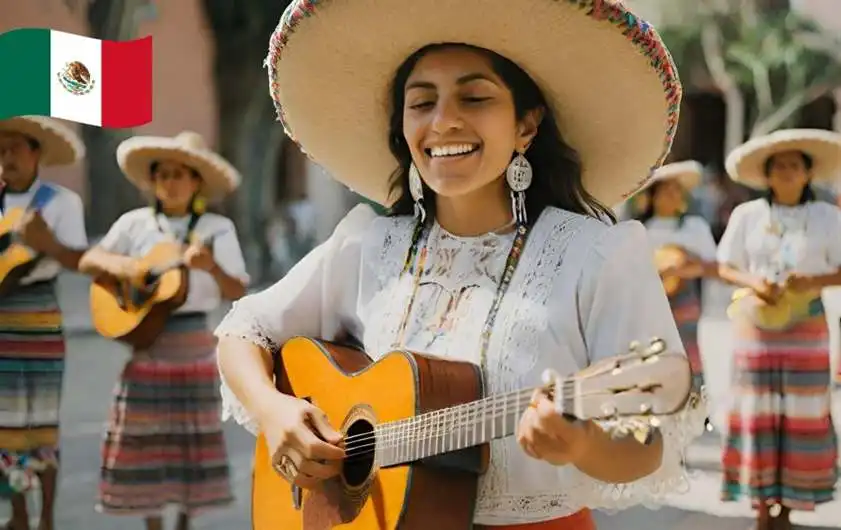


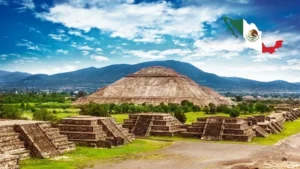
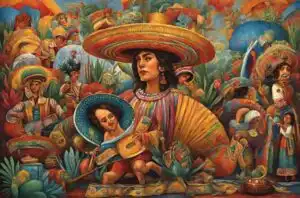
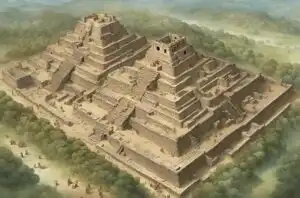

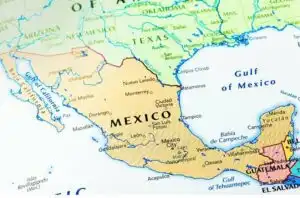
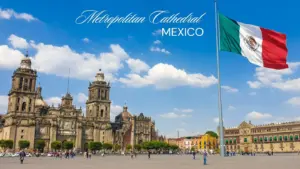
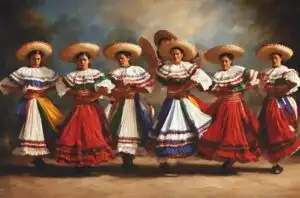
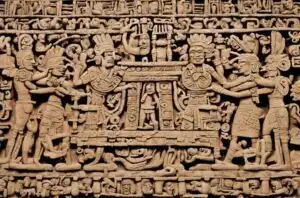

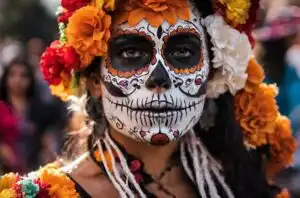




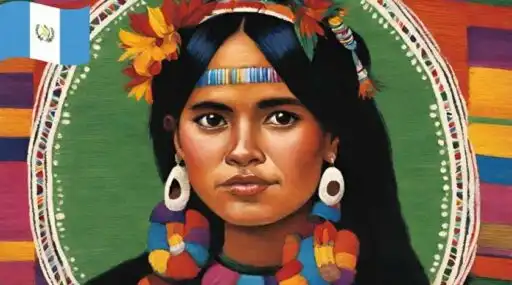
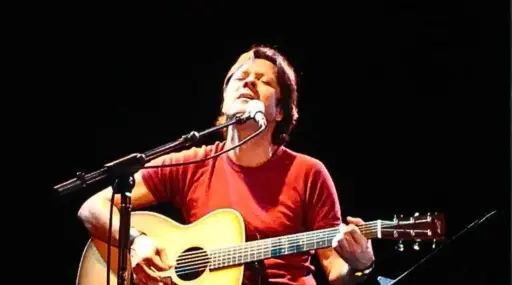
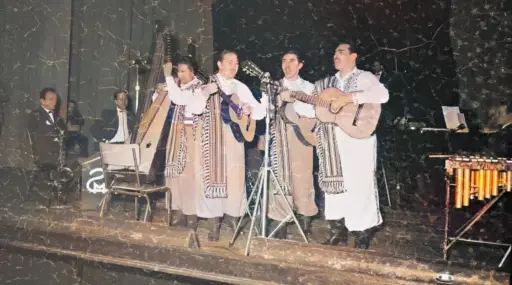




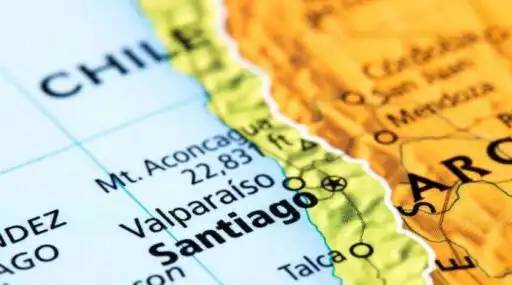

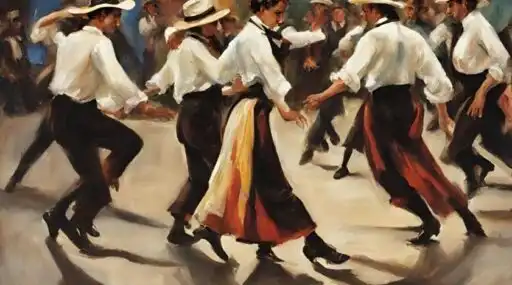
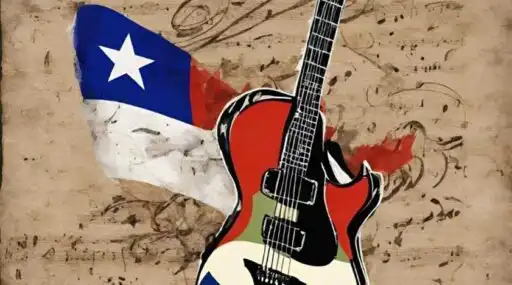
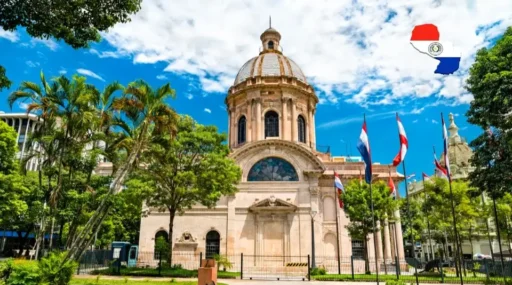
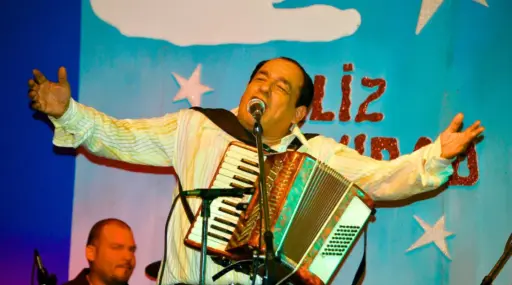
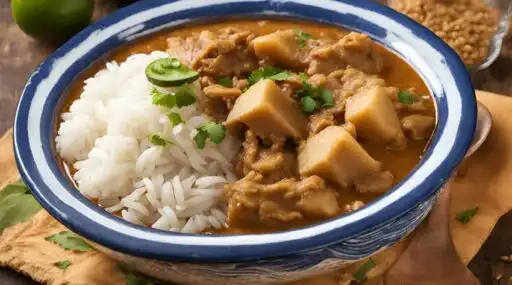
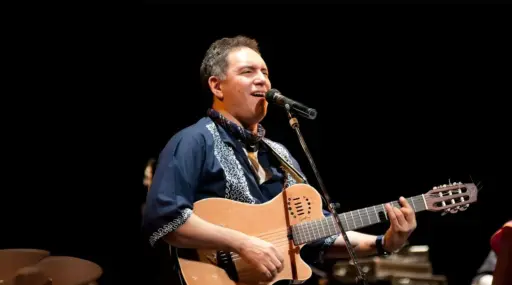
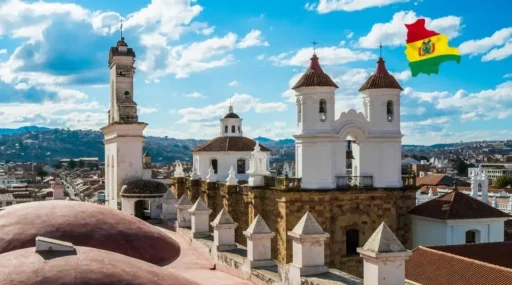

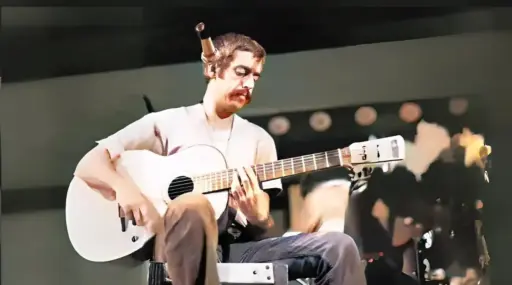
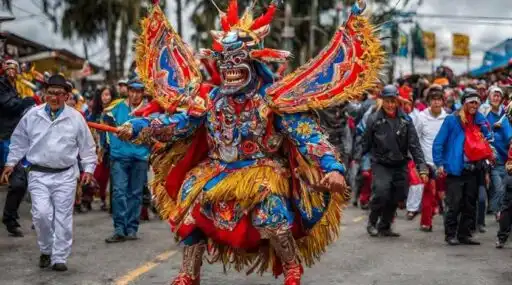

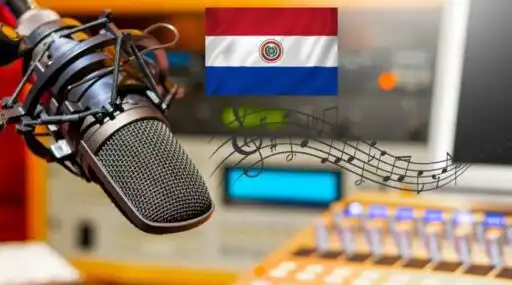
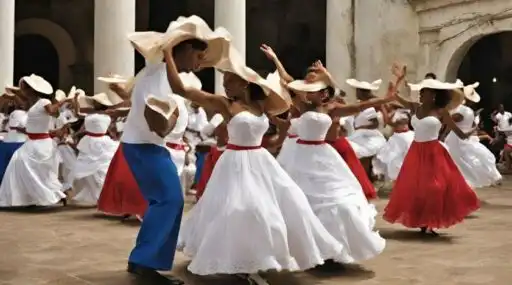

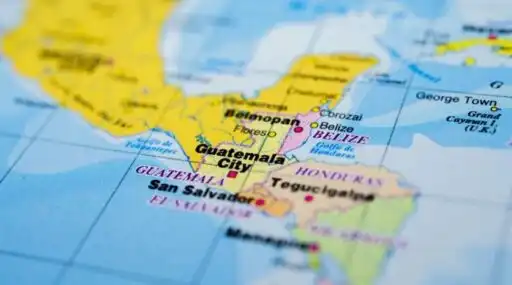



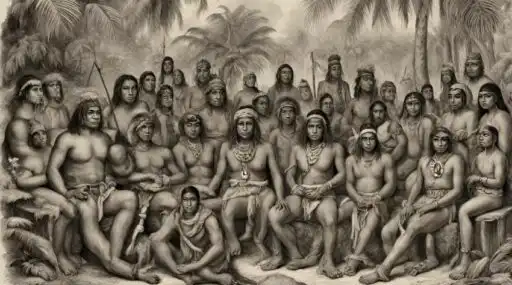

Leave a Reply